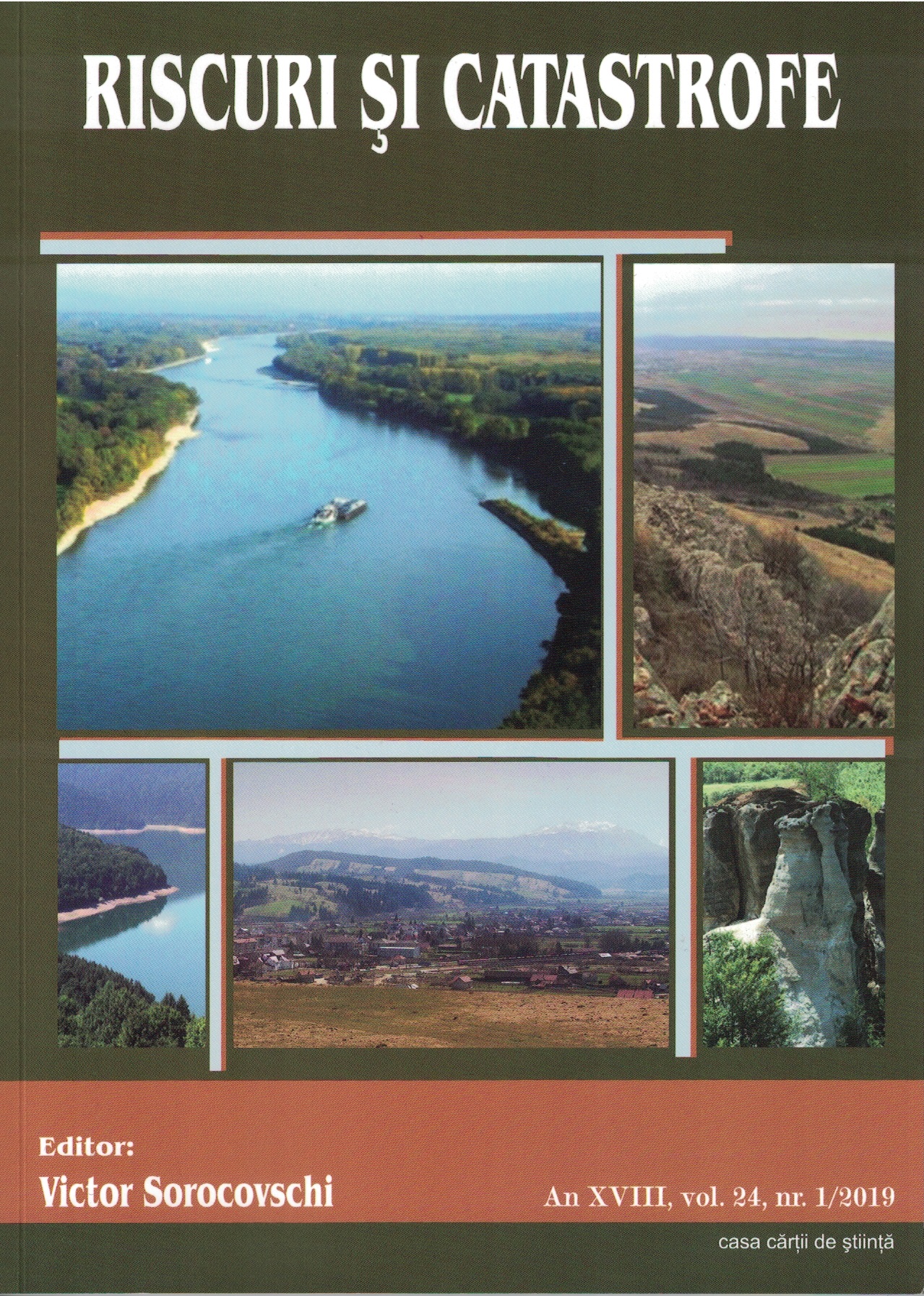Impact of Human Activities on Nutrient Loads in the Lower Danube Water Bodies
Impact of Human Activities on Nutrient Loads in the Lower Danube Water Bodies
Author(s): ELENA ŢUCHIUSubject(s): Geography, Regional studies, Physical Geopgraphy, Environmental Geography
Published by: Editura Casa Cărții de Știință
Keywords: monitoring network; water quality; nitrogen; phosphorous; water body; pollution sources; nutrient loads;
Summary/Abstract: The paper analyzes the spatial and temporal variation along the Romanian stretch of the Danube River (upstream of the Danube Delta) for a set of water quality indicators reflecting one of the significant water management issues as well as the main pressures identified at the basin level and nutrient pollution. In this respect, an analysis of the point and diffuse sources of pollution has been done, considering the contribution of human agglomerations, agricultural activities and other sources along the Romanian territory. The quantification of the diffuse nutrient emissions from the Romanian analytical units bordering the lower Danube sector has been performed using the MONERIS model. The emission sources and pathways of pollution contributions have been estimated and the nutrient total specific emissions have been mapped. The impact of these pollution sources on water quality has been evaluated through the results of the monitoring program done in the frame of the TransNational Monitoring Network (TNMN) which operates under the International Commission for the Protection of the Danube River (ICPDR). In regards to the concentrations of various forms of nitrogen and phosphorous, such as nitrates, nitrites, ammonium, orthophosphates and total phosphorous, the lower sector of the Danube has been characterized for a period of 10 years (2006-2015) in 6 monitoring sections/sites, outlining spatial and temporal trends. It has been thus observed that the water quality of the Danube River has improved due to the implementation of nutrient reduction pollution measures at the basin-wide level. In addition, the variation of nutrient loads (inorganic nitrogen and total phosphorous) calculated in 3 monitoring sites for the same 10-year period has been analyzed and interpreted from a time and space point of view. At the same time, the total nitrogen and total phosphorous loads transported by the Danube to the Black Sea have been evaluated in order to reach the target nutrient quantities (of 1960 level) agreed upon internationally in order to prevent the eutrophication phenomena of the Northern-Western shelf of the Black Sea.
Journal: REVISTA RISCURI SI CATASTROFE
- Issue Year: 24/2019
- Issue No: 1
- Page Range: 7-30
- Page Count: 24
- Language: English

